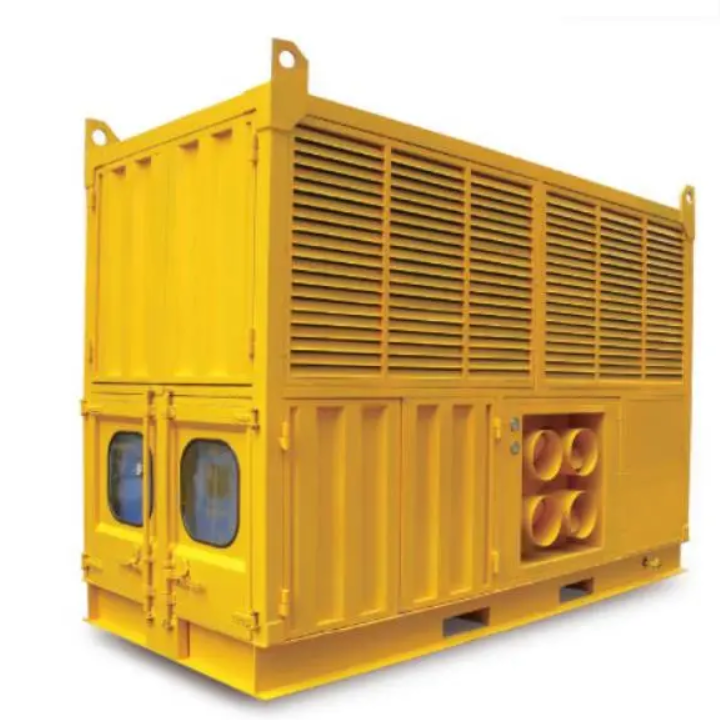Desiccant dehumidifiers are a popular choice for controlling humidity levels in a variety of environments, from homes to industrial settings. These innovative devices rely on a combination of internal cooling and desiccant rotor technology to effectively remove excess moisture from the air. In this comprehensive guide, we’ll explore how desiccant dehumidifiers work and when they are most beneficial.
How does a desiccant dehumidifier work?
Desiccant dehumidifiers absorb moisture from the air by using a desiccant material, such as silica gel. The dehumidification process begins with air being drawn into the unit and passed over a desiccant rotor. When air comes into contact with the desiccant material, moisture is adsorbed, effectively reducing humidity levels.
In addition to the desiccant rotor, these dehumidifiers utilize an internal cooling system to further aid the drying process. In summer, a combined dehumidification process helps create a more comfortable and drier indoor environment. During transitional seasons, desiccant dehumidifiers can effectively control humidity levels, providing a versatile solution for changing weather conditions. In winter, the drying of the dehumidification wheel takes center stage, ensuring effective moisture removal even in colder temperatures.
The ZCLY series desiccant dehumidifier is equipped with an air-cooled refrigeration system and has multiple advantages. The air-cooled fan is powered by a screw compressor, which not only saves energy, but also enhances the overall stability of the unit's operation. This makes desiccant dehumidifiers a reliable and efficient choice for long-term humidity control.
When to use a desiccant dehumidifier
Desiccant dehumidifiers are ideal for a variety of applications, making them a versatile solution for controlling humidity in a variety of environments. Here are some scenarios where desiccant dehumidifiers are particularly useful:
1. Industrial and Commercial Facilities: From warehouses to manufacturing plants, desiccant dehumidifiers are essential for maintaining optimal humidity levels in large spaces. They can help prevent corrosion, mold growth, and other moisture-related issues that can affect equipment and inventory.
2. Cold climates: In cold areas, traditional refrigeration dehumidifiers may have difficulty operating effectively. Desiccant dehumidifiers effectively dry the air even at low temperatures, making them ideal for these environments.
3. Museums and Archives: Preserving precious artifacts and documents requires precise humidity control. Desiccant dehumidifiers provide a reliable solution for maintaining ideal humidity levels to prevent these items from deteriorating.
4. Residential Use: In homes with specific humidity control needs, such as basements or laundry rooms, desiccant dehumidifiers can provide effective humidity management.
In summary, desiccant dehumidifiers offer a unique method of controlling humidity levels, making them a valuable asset in a variety of environments. By combining internal cooling with desiccant rotor technology, these units provide efficient and versatile dehumidification, making them a practical choice for residential and commercial applications. Whether combatting high humidity in the summer or maintaining ideal humidity levels in the winter, desiccant dehumidifiers are a reliable solution for year-round humidity control.
Post time: Apr-23-2024







